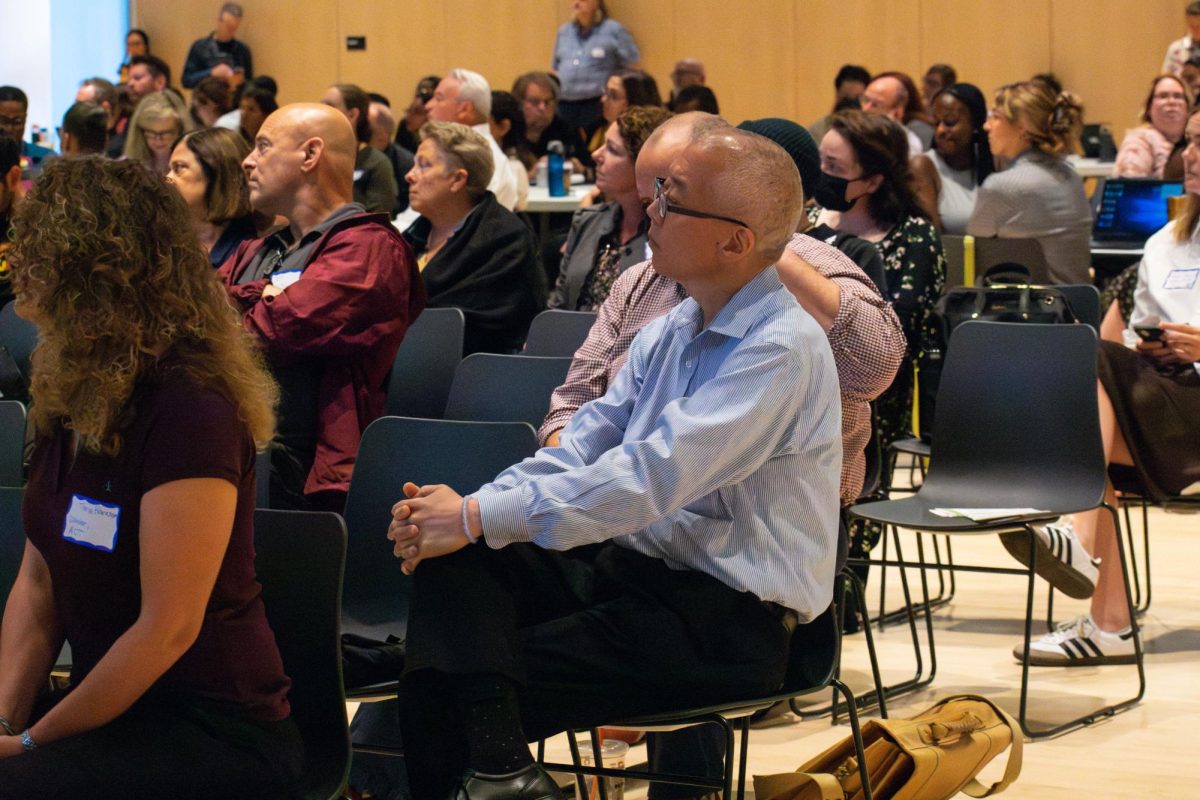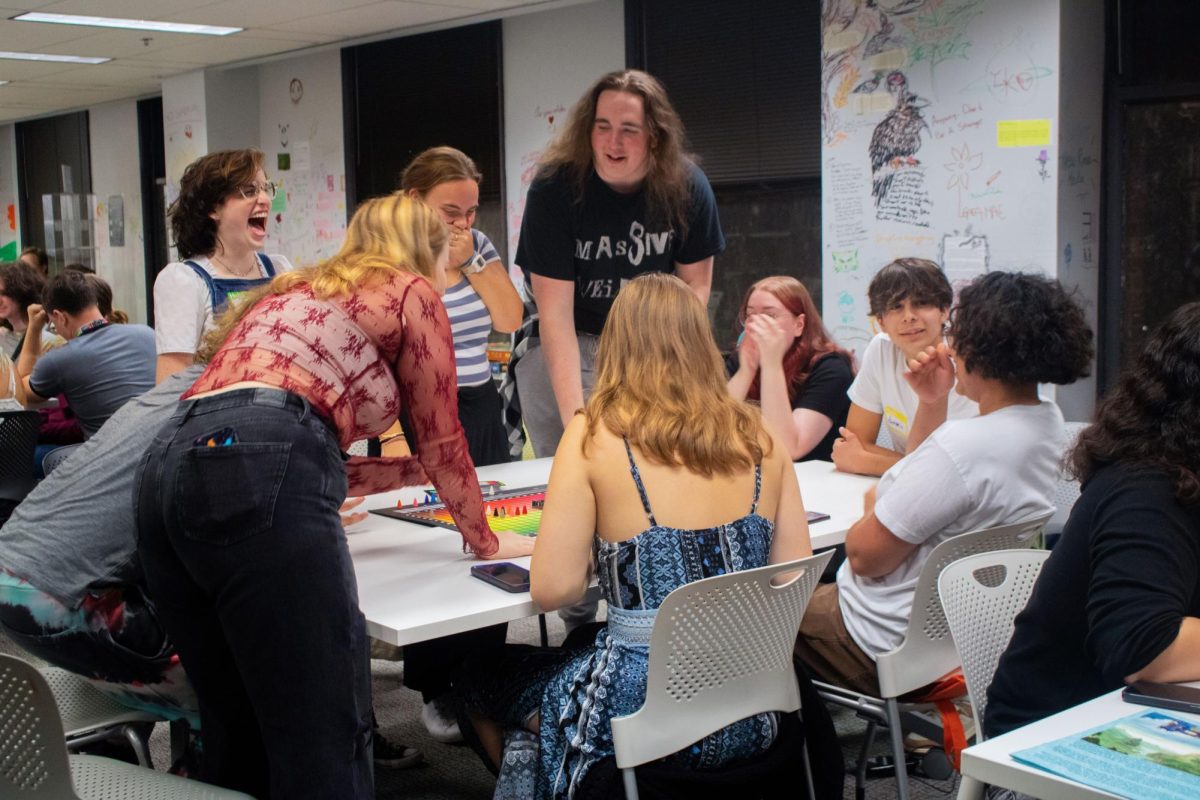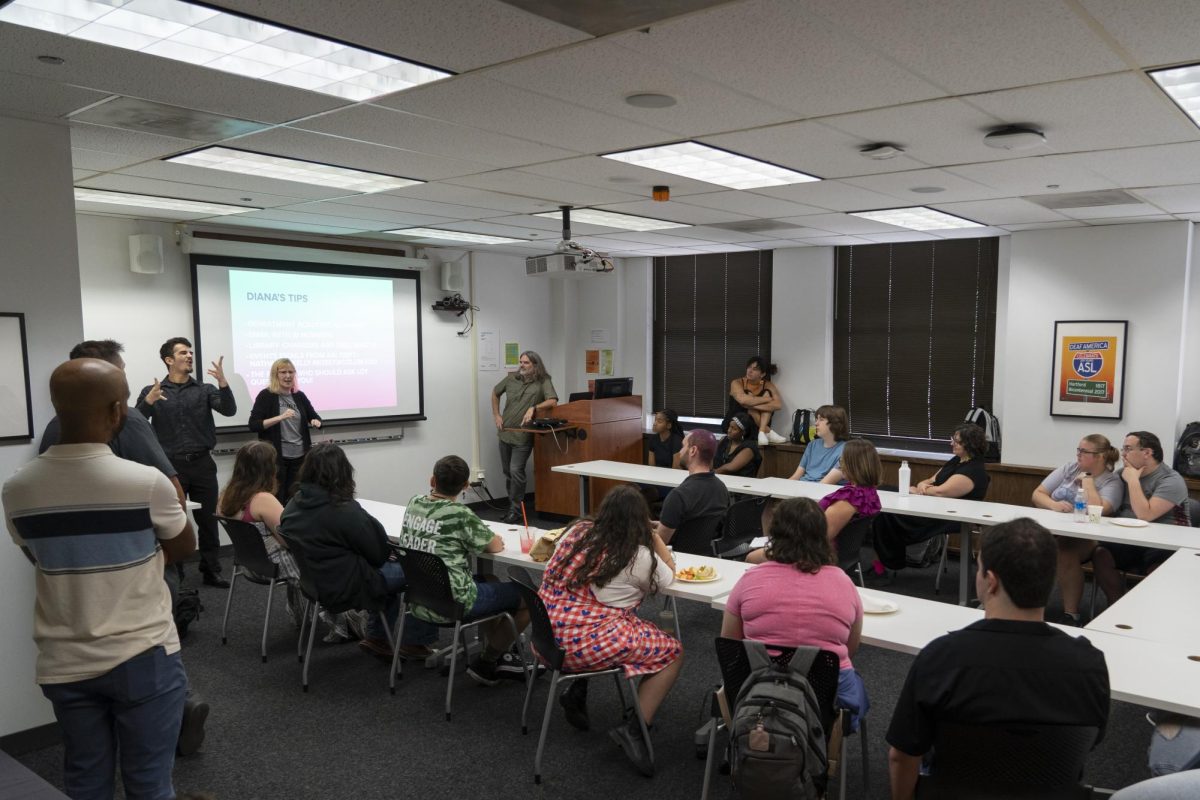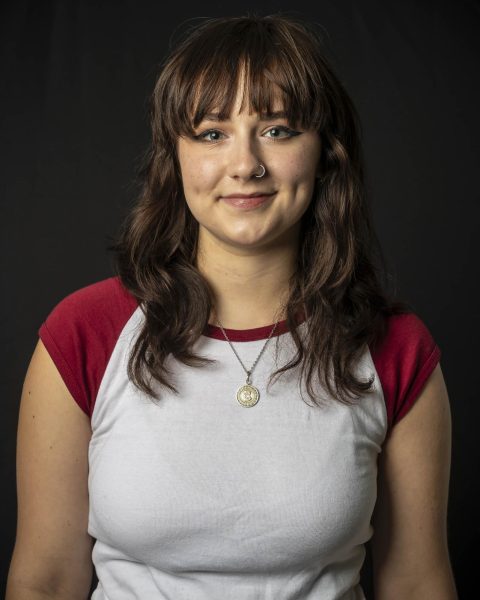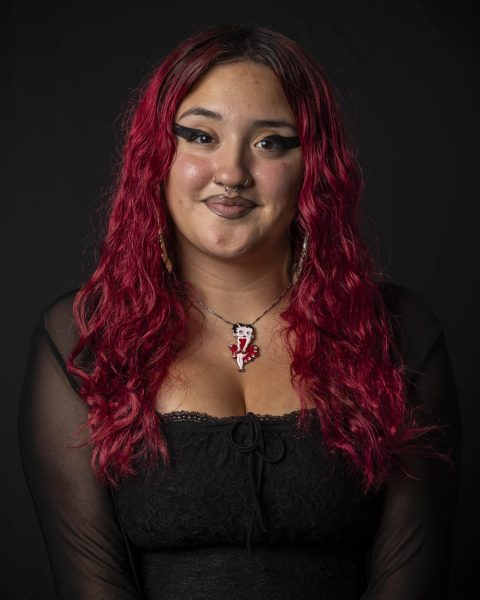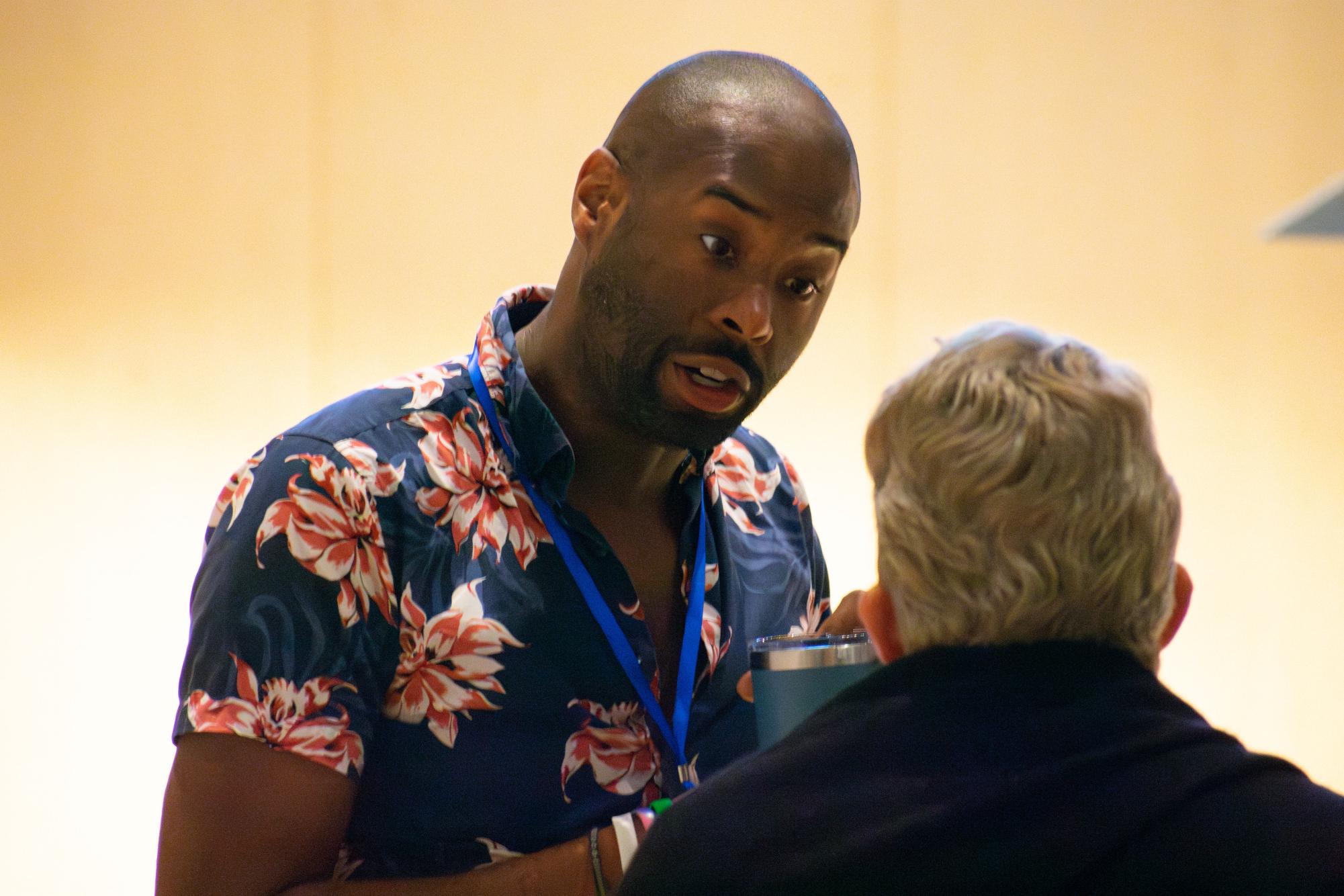
Columbia’s student body is becoming more diverse, with about 62% of the incoming first-year class this fall identifying as people of color, said Derek Brinkley, associate vice president of Undergraduate Admissions.
New student enrollment for Fall 2023 is 1,756, he said, leading off the inaugural Student Success Summit on Thursday, Aug. 17. The aim of the summit, held at the Student Center, was to address how to increase retention and better support students on campus.
Brinkely said the majority of first-year students of color for this fall identify as Hispanic or Latinx.
“We are very close to technically meeting the guidelines of the Common Data Hispanic-Serving Institution, which is really cool to see,” he said. A Hispanic-Serving institution is an institute of higher learning with a minimum of 25% Hispanic students, according to the U.S. Department of Education.
But as previously reported by the Chronicle, retention among students of color has struggled, even as the school becomes increasingly diverse. Two-thirds of freshmen who left the college after the Fall 2023 semester were students of color, but 59% of that class identified as students of color.
The Student Success Summit was held, in part, to address that and to highlight resources and supports for all students in the coming year. Greg Foster-Rice, Columbia’s associate provost for student retention, led the day-long conference. He also spoke to faculty about student retention efforts on Wednesday, Aug. 16.
In addition to racial minorities increasing in numbers at the college, LGBTQ+ identifying students are also on the rise. Previously, few people disclosed their sexual and gender identities in surveys, Brinkley said.
“We’ve seen, over the last five years, more and more actually responding to the question, which I think is just really interesting, and we’re seeing more and more students that are identifying as members of the LGBTQ community here at the college as well,” he said.
Brian Marth, associate provost for Academic Services, said many first-years consider themselves first-generation college students. Marth helps oversee the TRiO office, which offers financial support to income-eligible students, students with disabilities and first generation students. Additional support for these minority students are being provided at Columbia as well, he said.
“We have started a Scholars Project which is very similar to the TRiO program, where we are reaching out to and inviting students, particularly first generation students, and BIPOC students to say, ‘We have communities here for you. We have support here. Please join our community,’” Marth said.
Beverly Anderson, associate dean of Student Health and Support, said programs and offices such as this are important to students’ success rates. Connecting students with the right people or departments for whatever they may be struggling with will help more be “academically prepared,” she said.
“The transition from high school to college can be difficult and so then we want to make sure that they have what they need in order to be successful in terms of whether its academics or if it’s feeling lonely or if it’s homesickness or whatever that may look like and then make sure that they know about good study tips and make sure that they connect with their academic advisor and within their department,” Anderson said.
Brinkley noted that most of the incoming class of first-year students were in 8th grade when the pandemic hit, meaning much of their learning experience since middle school and into high school was disrupted.
Marth also proposed that increasing class sizes and cutting some class requirements, such as the Columbia Experience, which the Chronicle previously reported, would allow for more “wiggle room” in students’ schedules, removing an “obstacle” many students face.
“How do we make this experience for students getting to graduation easier? If you’re dealing with, ‘My four year plan says I have to take this class and I can’t get into it,’ that’s one of those things that’s going to impact wellness. It impacts anxiety. It impacts satisfaction or dissatisfaction with the experience,” he said.
Rosita Sands, dean of the School of Fine and Performing Arts, said the solutions to Columbia’s student retention issue already exist; they just need to be utilized more.
“It’s really not changes, I just want faculty to be more aware of all of the solutions we’re coming up with and get them involved in these strategies that they can employ at an individual level in their classrooms,” Sands said. “I want all of the faculty to understand that they can make a difference in solving this for the whole college campus.”


